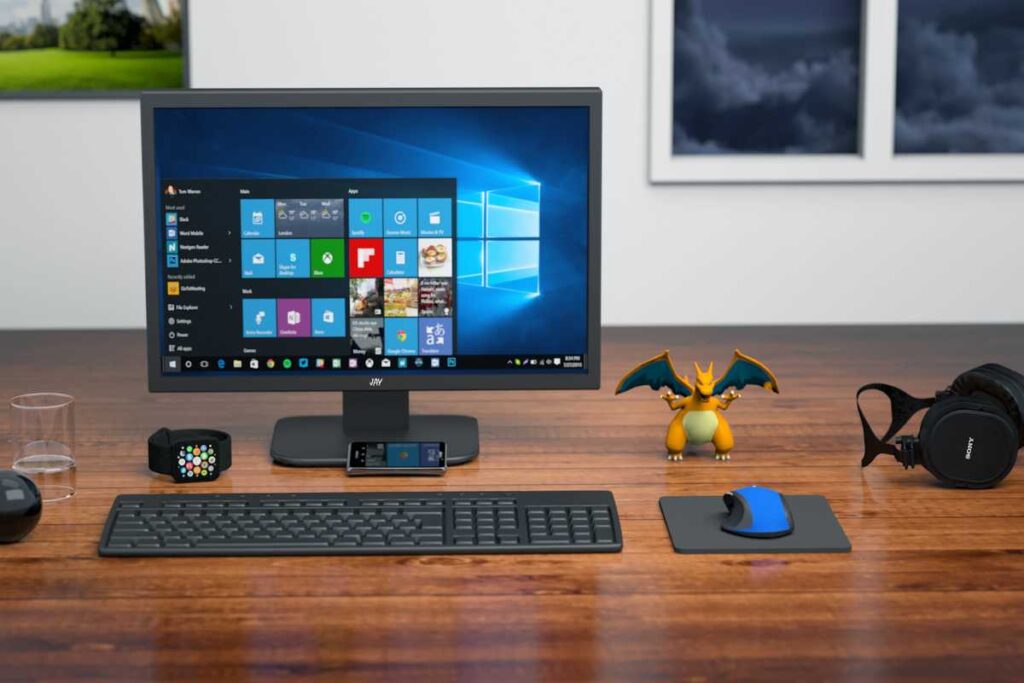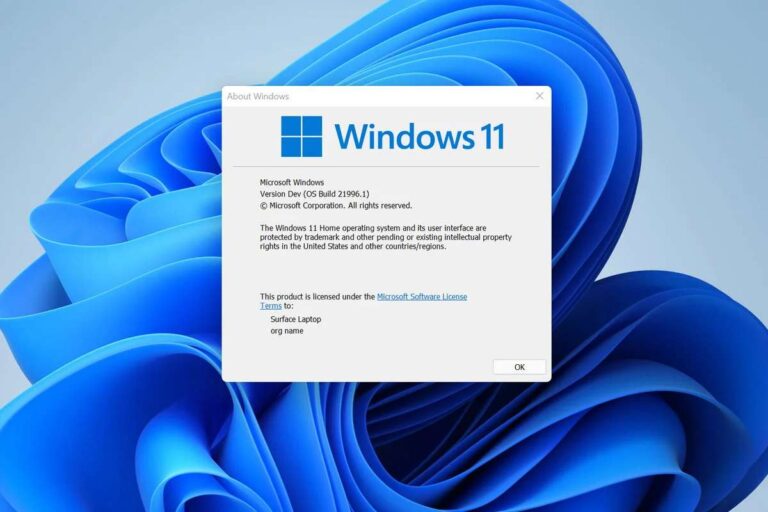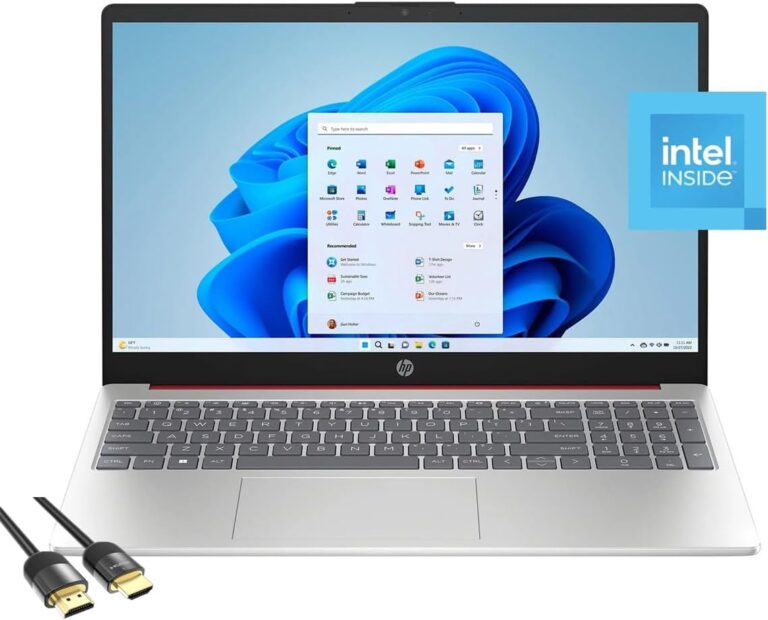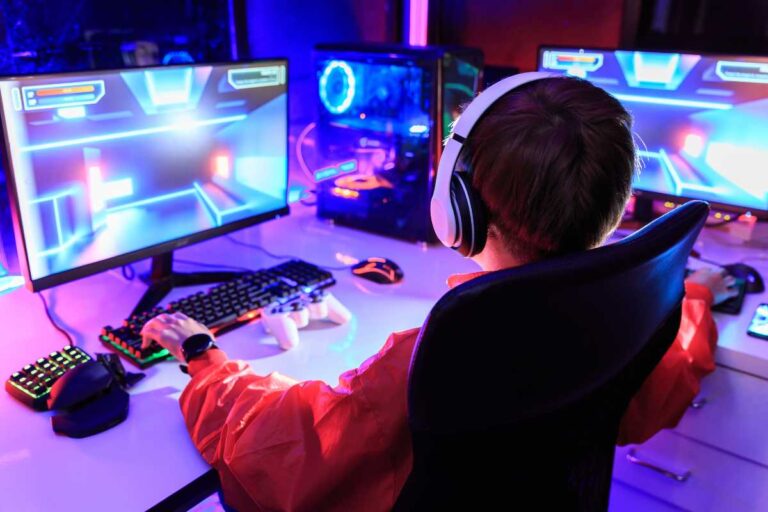Basic Computer Concepts A Comprehensive Guide
In the current era of technology, computers have become a crucial component of our everyday routines. From communication and entertainment to business operations and scientific research, their significance cannot be overstated. However, to fully harness the power of computers, it is essential to have a solid understanding of computer concepts.
In this techguruidea article, we will delve into Basic Computer Concepts, discussing everything from hardware and software to operating systems and networks. Whether you’re a computer novice or simply looking to expand your knowledge, this comprehensive guide will provide you with the necessary insights to navigate the digital landscape confidently.

Table of Contents
Defining Basic Computer Concepts
Hardware Components
1. Central Processing Unit (CPU): The brain of the computer, understanding its functions, components, and the impact of factors like clock speed and cores on its performance.
2. Random Access Memory (RAM): The temporary storage space that determines a computer’s speed and efficiency. Exploring types of RAM, capacity, and its role in multitasking.
3. Primary Storage: Hard Disk Drive (HDD) and Solid-State Drive (SSD): Understanding the differences between these storage devices, their pros and cons, and their impact on performance and data storage.
4. Motherboard: The main circuit board that connects all the components and facilitates communication. Exploring its components, form factors, and the role of BIOS/UEFI.
5. Input and Output Devices: Keyboards, mice, monitors, printers, scanners, and more—exploring their roles in the computer system, connectivity options, and advancements in interface technologies.
Software
1. Applications: Understanding various software applications, ranging from productivity tools to multimedia editing applications, and their importance in different domains. Also, exploring web applications and mobile apps.
2. Operating Systems: A comprehensive discussion on the primary types of operating systems (Windows, macOS, Linux, etc.) and their functions in managing computer resources, executing applications, and providing a user interface.
3. File Management: Understanding file organization, folder structures, file types, and file extensions. Exploring file compression, backup strategies, and the importance of file naming conventions.
4. Firmware: Briefly explain the software embedded in hardware devices, such as BIOS/UEFI, firmware updates, and their significance in device functionality and security.
Computer Networks and Internet
1. Network Fundamentals: Understanding network architectures, network topologies, network protocols, and the OSI model. Exploring wired and wireless networks and their advantages.
2. Local Area Network (LAN): Understanding LAN components, LAN configurations, network switches, and Ethernet technologies.
3. Wide Area Network (WAN) and the Internet: Differentiating between LANs and WANs and understanding how they are interconnected through the Internet. Exploring the roles of routers, ISPs, and network infrastructure.
4. Internet Protocols: In-depth exploration of essential protocols (TCP/IP, HTTP, FTP, DNS) and their role in ensuring efficient data transfer and communication between devices.
5. Network Security: Highlighting the importance of security measures, such as firewalls, encryption, VPNs, and authentication, to protect against cyber threats. Discuss common network vulnerabilities and best practices for network security.
Data Storage and File Systems
1. The Binary System: A detailed introduction to the binary system used by computers to store and process data. Exploring binary arithmetic and data representation.
2. File Systems: Understanding file systems (FAT32, NTFS, HFS+, ext4) and their role in organizing and managing data storage. Discussing file attributes, permissions, and file system security.
3. Data Storage Technologies: Exploring traditional data storage technologies like CDs, DVDs, and magnetic tape, as well as modern technologies like cloud storage, network-attached storage (NAS), and solid-state drives (SSDs).

Conclusion
A solid understanding of Basic Computer Concepts is crucial in today’s digital world. By comprehending the fundamentals of computer hardware, software, operating systems, networks, and data storage, you can effectively navigate the digital landscape and utilize Basic Computer Concepts and their full potential.
Whether you’re an aspiring IT professional, business owner, or simply a curious technology enthusiast, this comprehensive guide aims to equip you with the necessary knowledge to make informed decisions and troubleshoot common issues. Embracing Basic Computer Concepts will not only enhance your computer literacy but also empower you to stay ahead in an ever-evolving digital era. So, dive in, explore, and unlock the endless possibilities presented by computer technology.
FAQs
Q: What are the 5 basics of a computer?
The 5 basics of a computer include the following components:
– Central Processing Unit (CPU): The brain of the computer that performs calculations and executes instructions.
– Memory (RAM): Temporary storage that allows the CPU to access data quickly.
– Storage Devices: Devices used to store data, such as hard disk drives (HDD) and solid-state drives (SSD).
– Input Devices: Devices that allow users to input data into the computer, such as keyboards and mice.
– Output Devices: Devices that display or present data to the user, such as monitors and printers.
Q: What are the five main concepts of a computer system?
The five main concepts of a computer system are generally considered to be:
Hardware: This encompasses all the physical components of a computer system, including the CPU, memory, storage devices, input/output devices, and more.
Software: This refers to the programs and applications that enable the hardware to perform specific tasks, ranging from operating systems like Windows or macOS to individual software like word processors or games.
Data: Information in various forms that the computer processes. This includes text, images, videos, and any other kind of digital information.
Procedures: The step-by-step instructions or protocols that govern how the hardware and software work together to perform specific tasks or operations.
People: The users who interact with the computer system, providing input, receiving output, and controlling its operations.
Q: What are the 5 basic computer operations?
The five basic computer operations can be defined as:
Inputting: Entering data or instructions into the computer.
Processing: The CPU performs calculations, manipulations, and other tasks on the data.
Storing: Saving data or instructions for later use, either temporarily in RAM or permanently in storage devices.
Outputting: Displaying or producing the results of processed data for users through output devices.
Controlling: Managing and coordinating the computer’s operations, often handled by the operating system and control units.
Q: What is the full name of the CPU?
The full name of the CPU is the Central Processing Unit.
Q: How many parts of a computer?
As for the number of parts in a computer, it’s difficult to give an exact count because it depends on how you define “parts.” At a high level, we often consider the main components like CPU, memory, storage, input/output devices, motherboard, power supply, and so on. But if you delve deeper, these components are made up of smaller parts themselves, like transistors in a CPU, sectors in a hard drive, or capacitors on a motherboard.
If you want to read more articles similar to Basic Computer Concepts A Comprehensive Guide, we recommend entering our Computer category.






